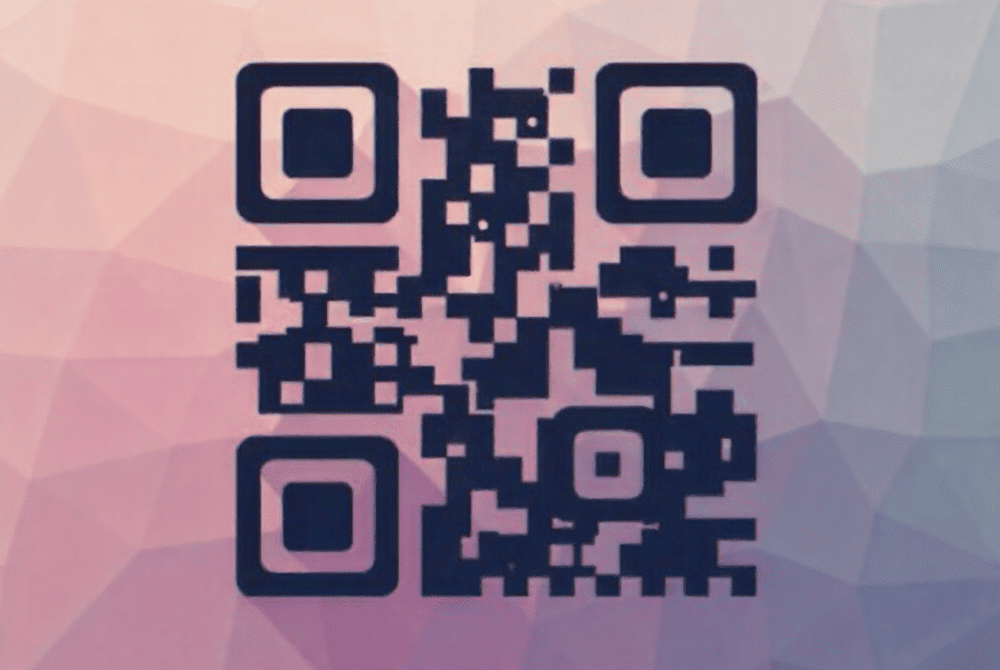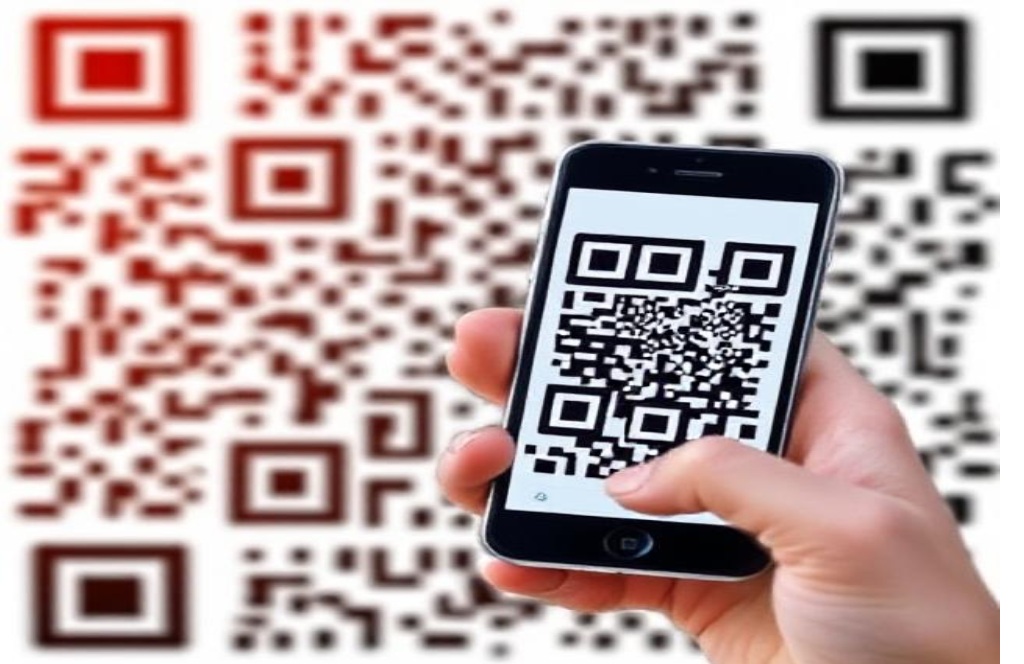When a cardholder taps, inserts, or swipes their card at a POS or SoftPOS device, the transaction data travels far beyond the device itself through payment gateways, acquirer hosts, and card networks before approval or decline. Ensuring the accuracy, consistency, and integrity of these host communications is one of the most critical aspects of EMV Level 3 certification.
While EMV Level 1 (L1) and Level 2 (L2) focus on hardware and kernel compliance, EMV Level 3 (L3) validates the end-to-end behavior of the terminal in a live transaction environment, including the host message exchanges that form the backbone of digital payment processing.
At this stage, testing ensures that the terminal’s transaction application correctly parses, constructs, and interprets messages according to ISO 8583 or proprietary protocol standards defined by acquirers or payment networks.
Understanding the EMV L3 Context
The EMV Level 3 phase bridges the gap between terminal logic (L2 kernel) and the real-world payment ecosystem. It focuses on functional testing, brand-specific scenarios, and host message validation, ensuring that:
- The terminal’s transaction flows align with Visa, Mastercard, RuPay, or other scheme-specific rules.
- The host communication interface (HCI) between the terminal and acquirer accurately exchanges transaction messages.
- Data fields, tags, and values are formatted, transmitted, and processed according to EMVCo and ISO specifications.
This means L3 certification verifies both the behaviour of the device and the integrity of the data exchange with back-end systems — making host message validation a vital step.
What is Host Message Validation?
Host Message Validation in EMV L3 testing refers to verifying that all authorization and financial messages between the terminal and the acquirer host comply with the expected data structure, field usage, and response handling rules.
In practice, this includes:
- Parsing the ISO 8583 or proprietary message structure.
- Verifying field correctness, presence, and data type.
- Handling response codes and status updates.
- Ensuring message consistency throughout transaction life cycles (purchase, refund, reversal, etc.).
This step ensures that the terminal and host “speak the same language”, avoiding mismatches that could result in failed or incorrect transactions.
ISO 8583 – The Core Messaging Standard
At the heart of host message validation lies the ISO 8583 standard, the global format used for financial transaction messaging between card acceptors and processors. It defines how data elements are packaged, identified, and transmitted in messages such as authorization requests (0100) and responses (0110).
Core Structure of an ISO 8583 Message
An ISO 8583 message typically includes:
- Message Type Indicator (MTI): Defines the purpose of the message (e.g., 0100 = authorization request).
- Bitmap: Indicates which data fields are present in the message.
- Data Elements (DEs): Carry transaction-specific data (e.g., DE2 = PAN, DE4 = Amount, DE39 = Response Code).
Each message is a compact but highly structured set of fields, and even a small deviation can lead to a communication failure or rejection from the host system.
Parsing ISO 8583 Messages in EMV L3 Testing
During EMV L3 certification, the test tool or simulator captures the messages exchanged between the terminal and host. These are then analysed for format compliance, content accuracy, and integrity.
Key Parsing and Validation Steps:
- Field Length and Data Type Verification: Ensures numeric, alphanumeric, or binary data formats comply with the specification.
- Mandatory Field Presence Check: Confirms all required data elements (like DE2, DE4, DE49) are included.
- Bitmaps Validation: Verifies that the bitmap accurately represents the fields present.
- EMV Tag to ISO Mapping: Ensures correct mapping between EMV data objects (like Tag 9F26 or 9F02) and ISO data elements.
- Field Dependency Checks: For example, if DE55 (EMV data) is present, DE23 (Application PAN sequence number) should also appear.
- MAC/ARQC Validation: Verifies cryptographic authentication fields when applicable.
EazyPayTech’s EMV L3 validation process uses advanced analysers and host simulators to inspect each layer of communication — from transaction request composition to host acknowledgment — to ensure absolute data consistency.
Proprietary Host Protocols – Beyond ISO 8583
While ISO 8583 is the industry’s backbone, some acquirers or processors use proprietary host protocols with modified field layouts or custom security fields. These systems maintain similar principles but require scheme-specific validation during L3 certification.
Examples include:
- Mastercard M-TIP Host Message Specifications
- Visa ADVT / CCD Message Format Requirements
- RuPay qSPARC Acquirer Host Protocols
For proprietary hosts, EMV L3 testing ensures:
- Custom field parsing and validation according to acquirer-specific documentation.
- Proper translation of EMV tags into proprietary field mappings.
- Handling of proprietary error codes and response logic.
Thus, even outside the ISO 8583 framework, the goal remains the same — ensuring message interoperability, accuracy, and reliability across different ecosystems.
Field Verification and Response Code Handling
A critical part of host message validation is verifying field values and ensuring proper response code interpretation by the terminal.
Field Verification
Each transaction scenario (e.g., sale, refund, reversal) requires specific data fields to be present and accurate. For example:
- Field 4 (Transaction Amount): Must match the amount entered on the terminal.
- Field 55 (EMV Data): Must contain correctly encoded TLV data from the kernel.
- Field 41 (Terminal ID): Must match the acquirer’s registered identifier.
Response Code Handling
The Response Code (Field 39) from the host dictates the terminal’s next action:
- 00 – Approved
- 05 – Do not honor
- 91 – Issuer unavailable
- 12 – Invalid transaction
- 96 – System malfunction
L3 testing ensures that:
- The terminal correctly interprets these codes.
- The receipt, UI, and transaction state reflect the appropriate outcome.
- Reversals or retries occur when expected (e.g., after network interruptions).
Transaction Life Cycle Validation
EMV L3 validation doesn’t stop at single messages — it verifies the entire transaction life cycle.
This includes:
- Initial Authorization (0100/0110)
- Financial Advice / Completion (0200/0210)
- Reversal (0400/0410)
- Batch Settlement (0500/0510)
Each pair of request/response messages must align perfectly, with consistent field values across related transactions. This ensures that every transaction is traceable, balanced, and verifiable, preventing reconciliation errors at the acquirer’s end.
EMV L3 Tools for Host Validation
EazyPay Tech utilizes a combination of EMV L3 certification tools and acquirer simulators for host message validation, including:
- Visa ADVT and CDET tools
- Mastercard M-TIP simulator
- RuPay qSPARC and Contactless test suites
- Custom host analyzers for ISO 8583 and proprietary formats
These tools emulate acquirer responses, capture message exchanges, and generate detailed logs that identify parsing issues, missing data elements, or misinterpreted response codes — ensuring smooth acquirer integration and faster certification approvals.
EazyPayTech’s Expertise in EMV L3 Host Validation
EazyPay Tech provides complete EMV L3 Certification and Testing Services, helping terminal manufacturers, SoftPOS developers, and payment integrators validate both transaction-level behavior and host communication.
Our EMV L3 validation framework ensures:
- End-to-end host message parsing and response handling compliance.
- Verification against both ISO 8583 and custom host message structures.
- Scheme-specific L3 test execution (Visa, Mastercard, RuPay).
- Expert guidance to resolve host integration issues quickly.
- Complete certification documentation for acquirer and scheme submission.
By leveraging our experience with EMV L2 kernels, SoftPOS systems, and acquirer network testing, EazyPayTech helps you achieve faster approvals and seamless go-live integration for your payment products.
Host message validation forms the critical bridge between a payment terminal and the banking network — the point where EMV compliance meets real-world interoperability.
Through ISO 8583 parsing, field verification, and response handling, EMV L3 certification ensures that every message sent and received during a card transaction is accurate, reliable, and compliant with scheme requirements.
At EazyPayTech, we combine deep technical expertise with advanced testing tools to help clients validate, optimize, and certify their payment solutions — ensuring smooth and secure transaction processing from tap to settlement.








